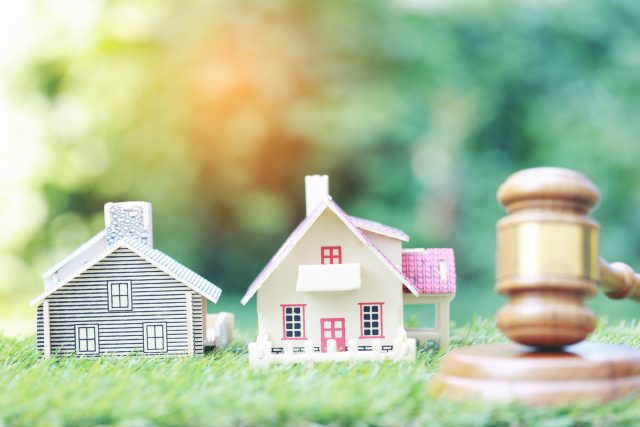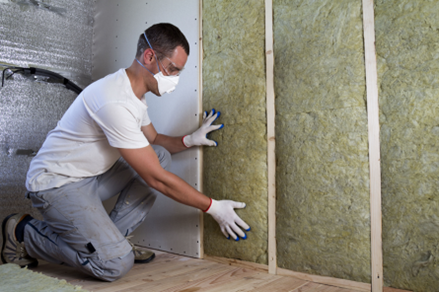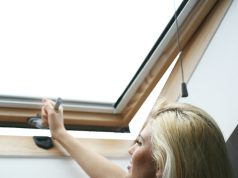
If you are building a new home then you need to consider several factors related to recently introduced energy efficiency regulations. Every region in the UK has certain requirements. For example, in England the regulations are detailed in Part L, Conservation of Fuel and Power. In Northern Ireland the requirements are included in the Technical Booklet F1.
SAP Assessment: the approved energy rating methodology
In all parts of the UK, SAP is the government approved methodology for the energy rating calculation of dwellings. A SAP assessment establishes an energy efficiency metric that takes into consideration among many things the building fabric of the home, its heating system, lighting and proposed renewable technologies.
Each new dwelling’s SAP metrics will be compared to predefined targets so the dwelling will achieve a pass or fail score.
6 Things to Consider When You Do Your SAP Calculations

Alex Papaconstantinou, founder of nationwide SAP Calculations agency epc4less.com, recommends that one should consider all aspects of energy performance at design stage and in particular while “As Design” SAP Calculations are being done. For this reason, he gives you six things to consider when you are at the design stage of your new build home.
- 1. Aim for low u Values of Walls, Floors and Roofs
Reducing heat loss can be successfully achieved through the building layout as well as by choosing the right insulating materials for the floors, walls and roofs. Well-insulated spaces tend to get a higher SAP score. The thermal resistance of building fabric is measured using the u values.

The lower the u value the more efficient the building envelope. Certain tables published by building control outline the u value requirements for walls, floors and roofs.
Here are the u value requirements as of June 2022:
- Walls: 0.18 W/m²K
- Floors: 0.13 W/m²K
- Roofs: 0.11 W/m²K
The SAP assessment of your proposed new build home should have u values that are equal or less than the above values.
- Use Energy-Efficient Heating Systems
For a while, combi condensing gas boilers were at the top of the energy rating score. However, since 2022 the UK government has established rules that encourage the use of air source heat pumps instead of conventional mains gas or oil boilers. Heat pumps extract heat from the air to warm spaces more efficiently and emit less carbon.
- Reduce Thermal Bridging
Thermal bridging is a technical term which, in very simple words, means that heat is lost due to poor construction methods. To prevent this, use insulation properly around corners, edges and window sills by sealing gaps to prevent heat transfer. SAP assessors calculate the average thermal bridging factor of a new build home, which needs to be low so that the dwelling meets dwelling energy rating (DER) targets.
- Choose Energy-Efficient Windows
Order double or triple glazing windows with low-emissivity coatings to reduce heat loss also ensure compliance with energy efficiency regulations. Well-insulated uPVC frames are better at limiting heat conduction than metal frames. Across the UK, the windows should meet a u value requirement of 1.2W/m2K.
- Install Renewable Energy Solutions
Generating renewable energy is a beneficial choice for homeowners who want to incorporate sustainable practices into their new homes. By utilising renewable energy sources, such as solar PV and wind turbines, homeowners can become self-sufficient as well as store energy or give energy to the grid. Additionally, this eco-friendly approach can enhance the desirability and value of the property. Solar PV is particularly suitable for residential roofs facing east or west, while wind turbines can be effective in areas with consistent wind and sufficient garden space, although specific site conditions should be considered.
Opt for Energy-Efficient Fixtures
The energy consumption of a property is greatly impacted by lighting and heating controls. While the choice between zoned-controlled heating and standard control (programmer, thermostat, TRVs) ultimately lies with the homebuyers, fitting low energy lighting should be a must for all new builds. Additionally, smart heating controls built into the property can help owners manage systems more efficiently and remotely.
Passing the SAP assessment of your new home does not have to be a daunting process. Breaking down the legal requirements into manageable steps as shown above should ensure that the outcome of your SAP calculations meet the government targets.













